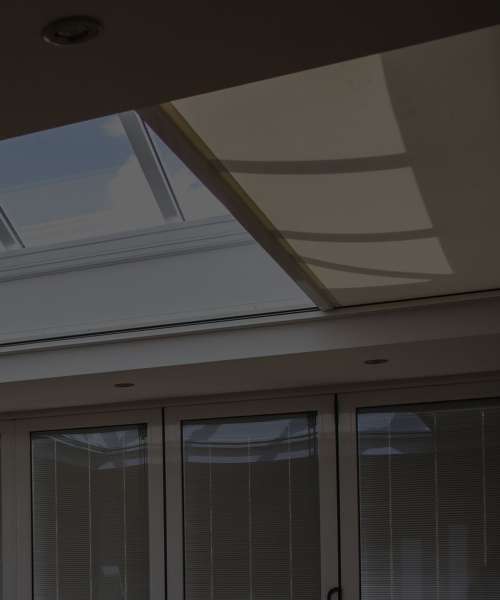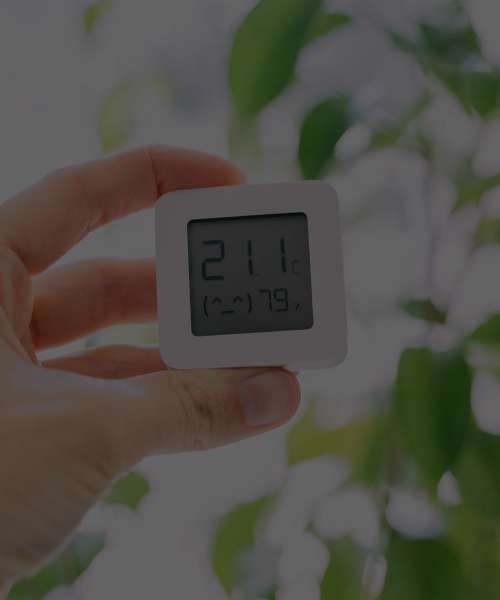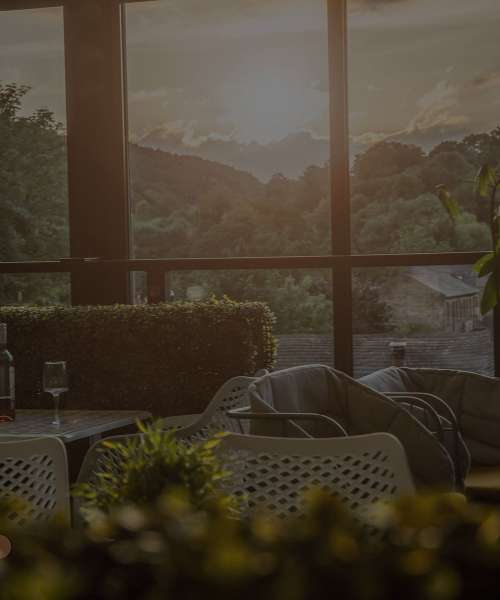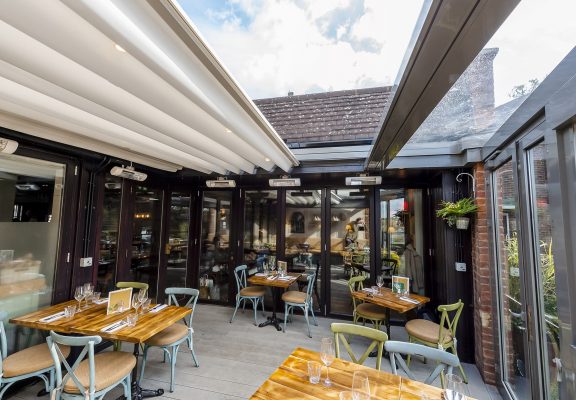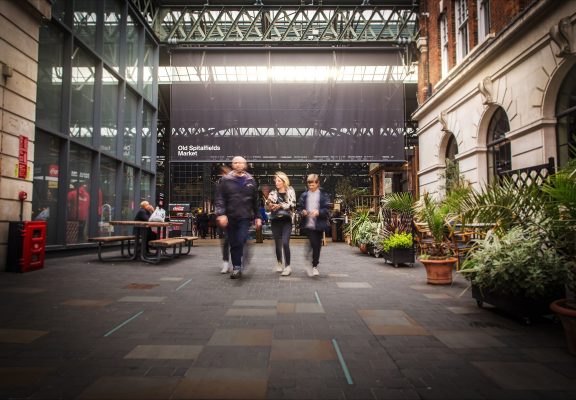Explore the research and benefits behind solar shading and our contributions to a more sustainable world
We’ve been manufacturing solar shading products for over 160 years. Over that time we’ve learnt a few things about limiting unwanting glare from the sun and taking control of your immediate environment. In recent years we’ve become passionate about sharing our knowledge with industry peers and educating as many people as possible about the benefits our products bring to the modern world.
In this section of our site, you can find information on the sustainable benefits blinds, awnings and canopies offer, alongside a wealth of further reading resources should you want to delve deep into the topic. You can also learn about what we do as a business to improve our carbon footprint and our long term commitments to a more sustainable future.

